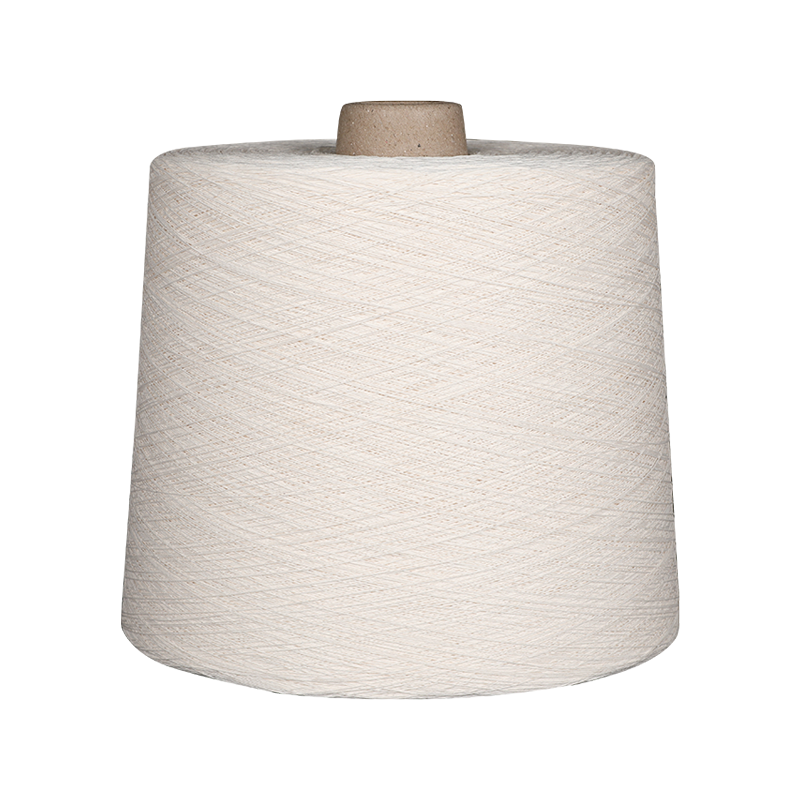In the quest for sustainable and innovative materials, paper yarn has emerged as a unique and eco-friendly textile solution. Made from finely twisted paper strips, this biodegradable fiber offers a blend of rustic charm, surprising durability, and functional versatility.
Knitting with Paper Yarn
Knitting involves interlooping yarns to create elastic, soft, and often stretchy fabrics. While paper yarn is more rigid and less elastic than cotton or wool, it can still be used for knitting—especially for non-garment items or structured pieces.
Advantages of Paper Yarn in Knitting:
Stiffness for structure: Excellent for making items that need to hold shape, such as baskets, placemats, or decorative crafts.
Unique surface texture: Produces a crisp, organic appearance ideal for eco-conscious designs.
Lightweight: Despite its stiffness, paper yarn feels light and airy when knit into openwork or lace patterns.
Considerations:
Delicate handling: Paper yarn lacks elasticity, so tight tension may cause breakage. Use looser stitches and larger needles.
Not ideal for clothing: Unless blended with softer fibers, paper yarn may feel rough or inflexible for garments.
Dry-use preferred: Pure paper yarn is not typically recommended for wet conditions, though some treated or coated versions may offer better moisture resistance.
Weaving with Paper Yarn
Paper yarn truly shines in weaving applications, where it behaves more predictably and offers structural strength.
Advantages of Paper Yarn in Weaving:
High dimensional stability: Maintains its form and doesn’t stretch, making it excellent for warp or weft in tapestry, rug, or upholstery weaving.
Artisan appeal: Gives woven fabrics a handcrafted, tactile quality with a matte, natural finish.
Blend-friendly: Works well when combined with wool, cotton, linen, or synthetic fibers to balance durability with softness.
Equipment Notes:
Use medium to coarse reed and heddle sizes.
Avoid high-speed industrial weaving machines unless the paper yarn is specially treated or blended, as it may tear under excessive tension.
Innovation: Blended and Coated Paper Yarns
To overcome the limitations of pure paper yarn, many manufacturers now offer blended yarns—combining paper with viscose, cotton, polyester, or hemp—to improve softness, flexibility, and moisture resistance.
Additionally, coated paper yarns (e.g., with wax or biodegradable polymers) improve durability and water resistance, making them more suitable for outdoor fabrics or wearable textiles.
Paper yarn is indeed suitable for both knitting and weaving, especially in artistic, decorative, and structured textile projects. While it requires careful handling due to its low elasticity and moisture sensitivity, it rewards creators with unique textures and sustainable credentials.
For best results:
Use paper yarn in open, airy knitting patterns or combine with softer fibers.
Apply it in weaving projects where structure and texture are valued.
Consider treated or blended paper yarns for greater flexibility and durability.
As innovation in paper-based fibers continues, paper yarn is poised to become a key player in the future of sustainable textiles — merging tradition with forward-thinking design.
